Once upon a time — before emails, faxes, 24-hour sports channels and more to the point, before the Sacramento River Cats came to town 23 years ago — the region had another Minor League baseball team: the Sacramento Solons.
Capitalizing on its capital location, the team was named for Solon, an Ancient Greek legislator. And while the Solons were often wildly popular, the team had an on-again, off-again win record, possibly bracing local sports fans for their beloved rising-from-the-ashes Sacramento Kings.
As a team, the Solons had more stops and starts in the area than light rail at rush hour. There were iterations of the club in 1903 and 1905, from 1909 to 1914, from 1918 to 1960, and finally, from 1974 to 1976. They played in the late Pacific Coast League, which began to fall apart after Major League Baseball’s Brooklyn Dodgers but especially its New York Giants moved to California in the 1950s, which started to draw from the fan base which equated “major” with “better.”
“When I was a kid we went to all of the games — but more often than not, we stood outside to catch foul balls as trophies,” recalls Joe Genshlea, 85, author and retired trial attorney who wrote and starred in three successful one-man shows about growing up in Sacramento, donating the box office proceeds to charity.
The Solons were such a popular attraction that “schools shut down on the season’s opening day so families could attend,” Genshlea says.
The stadium, Edmonds Field, “was a wooden ballpark,” he says. “The third-base line ran down Broadway and the first-base line was on Riverside Boulevard. It had a lid over the bleachers to keep fans from frying in the summer sun. It was across from Sacramento’s Old City Cemetery and burned down in 1948.”
He lightly shakes his head and adds a bit ruefully, “There’s a Target store there now.”
Bob Androvich, 72, the former owner of the city’s iconic Brownie’s Blueprints, now retired and living in Silverton, Oregon, fondly remembers going with his dad and brother, both named Jack, to watch the Solons play. Jack the elder was an avid fan “who had his own box on the first-base line,” Androvich says.
“I loved everything about watching and playing baseball but when my brother and I went to the games, we got so full eating hot dogs and peanuts that we got kind of bored — and probably a bit sick, if you want to know — so we asked Dad to take us home. That annoyed him.”
One can see why: Androvich’s pop had himself played semi-pro baseball, though not for the Solons, after World War II. “He liked that I loved to play, which I did in Little League,” Androvich says. “But when I graduated to playing in a full-scale ballpark with a full-length baseline — and I was only about 5-foot-2 as a kid — it was a bit too much for me.”
In retirement, Androvich has been not only a digital artist but also a prolific author, editor and publisher of books — including the regional best-seller “Baseball Comes Home: The Magic of Raley Field and the Sacramento River Cats’ Premiere Season.” As the title implies, the book, published in 2000 to coincide with the River Cats’ Sacramento debut, dips into some of the capital’s baseball history.
What it doesn’t dwell on is the literally burning mystery of how the all-wood stadium where the Solons played went up in smoke one night in 1948 “four hours after everyone had left the stadium and was safe,” Androvich says. That time lapse is an important clue that the fire wasn’t “by a stray cigarette tossed by an unthinking sports writer, which was the usual reason given for the fire.” Could it therefore have been arson? “Let’s just say a lot of people wanted a new stadium; that’s all I know about it,” says Androvich, laughing. “Whoever did it has been gone a long time. And no one got hurt. But no cigarette I’ve heard of burns for four hours.”
A year later, Edmonds Field was rebuilt at the same spot. The last game at the stadium was played on April 12, 1964 when San Francisco Giants’ great Willie Mays hit a homerun in an MLB exhibition game.
At 62, KFBK radio host Pat Walsh may seem to be the relative youngster of this saga, but his perspective on the Solons phenomenon may be the keenest: His dad, Bill “Sailor Bill” Walsh, played for the team.
Families would sometimes let their kids skip school and pack the
stadium at Edmonds Field, home of the Solons. The wooden stadium
burned down in 1948 but was rebuilt a year later.
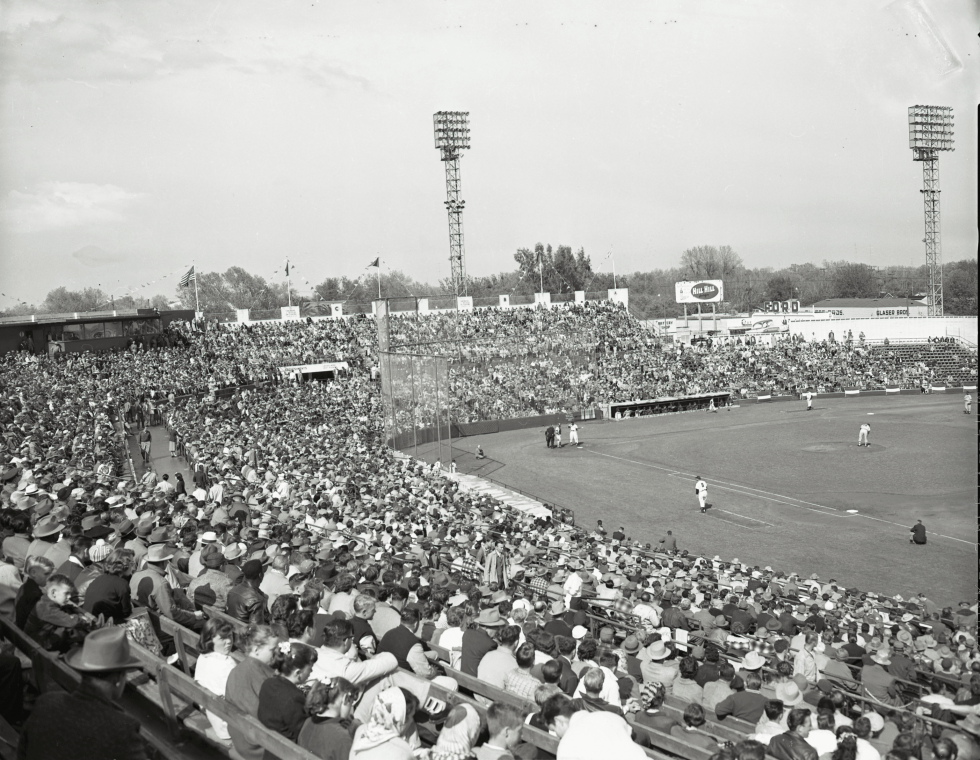
“I always wanted to get my dad on the air with me to talk about those days,” Walsh says, “but for some reason, he always went ‘Naaah, not me.’ I couldn’t figure it out until one day he finally told me the full story.”
Walsh’s father was having a pay dispute with one of the team’s owners, Walsh says. “So my dad goes to his office to see him. The owner says, ‘You’re not getting the money, so get out of my office or else I’ll ship you out” (to play for the Salem Senators in Oregon, another Pacific Coast League team).
“Well, my dad gave him one more chance and then — please realize my father was almost 6-foot-6, a very big and very strong man — he picked up the guy’s desk and turned it over on him.” Walsh chuckles with an unmistakable element of son-like awe. “That got the owner to give my dad the money. And also ship him to Salem.”
Walsh says when there was an auction of Edmonds Field artifacts a few years ago, “You’d better believe I was the first in line and the highest bidder to buy that desk.” (Since Walsh himself says the story may be apocryphal — “and I wasn’t born yet” — we’ve opted not to use the owner’s name.)
One fond but still slightly painful memory attorney Genshlea has of the Solons is when legendary New York Yankees George Herman “Babe” Ruth and Lou Gehrig toured the country putting on exhibition games, presumably to keep both their team brand and the spirit of the game alive.
“They divided the Solons team in half,” Genshlea says. “One group played under Ruth, the other under Gehrig.” After the game, Genshlea’s Uncle Paul, who was a Pacific Coast League umpire, managed to get the two superstars to sign a baseball, which the family then proudly displayed in their home.
“But one day when I was about nine, I was playing baseball with some friends and we lost the ball we’d brought in the tall grass at Land Park,” he says. “So I said, ‘Hey, not a problem,’ and ran home to get the signed ball, thinking nothing of it.” His grin is both rueful and sheepish as he confesses, “Well, we lost that one, too.”
–
Do you know of any unique history, events, people or places for us to share in The Back Story? Email us at editorial@comstocksmag.com.
Recommended For You
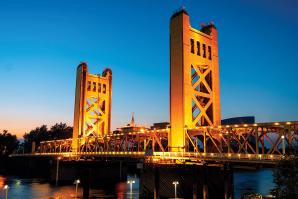
The Back Story: A Landmark’s Ups and Downs
Sacramento’s iconic Tower Bridge spans a river — and generations
The Sacramento landmark wasn’t always a golden gate to the
city.
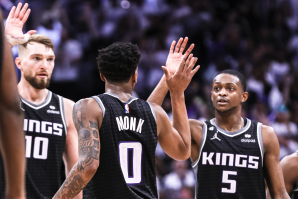
Despite a Playoff Loss, a Winning Season for the Sacramento Kings
The team’s big season rallied a region
Sometimes when things don’t work out the way you wanted, you’re
disappointed — but you’ve still achieved far beyond what was
expected of you. It has to be acknowledged that the 2022-2023 NBA
season for the Sacramento Kings was a success.
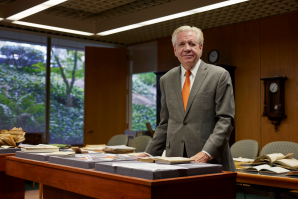
The Back Story: Hidden Treasures
University of the Pacific finds a missing link in its rich history: its birth papers
Opening a cherished safe thought to contain untold historic
riches about the origins of University of the Pacific, President
Christopher Callahan wondered what he’d find.
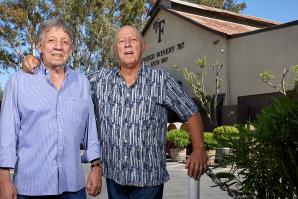
The Back Story: The Long Pour
After 124 years in business, Frasinetti Winery continues making and serving its wine
Frasinetti Winery is the oldest family-owned wine producer in the
Sacramento Valley, withstanding the Prohibition and both World
Wars.




